The Infinity Mirrors exhibit has taken Toronto by storm. Thousands of art aficionados and curious members of the general public have poured through the Art Gallery of Ontario (AGO) to see Japanese artist Yayoi Kusama’s hypnotic and reflective displays.
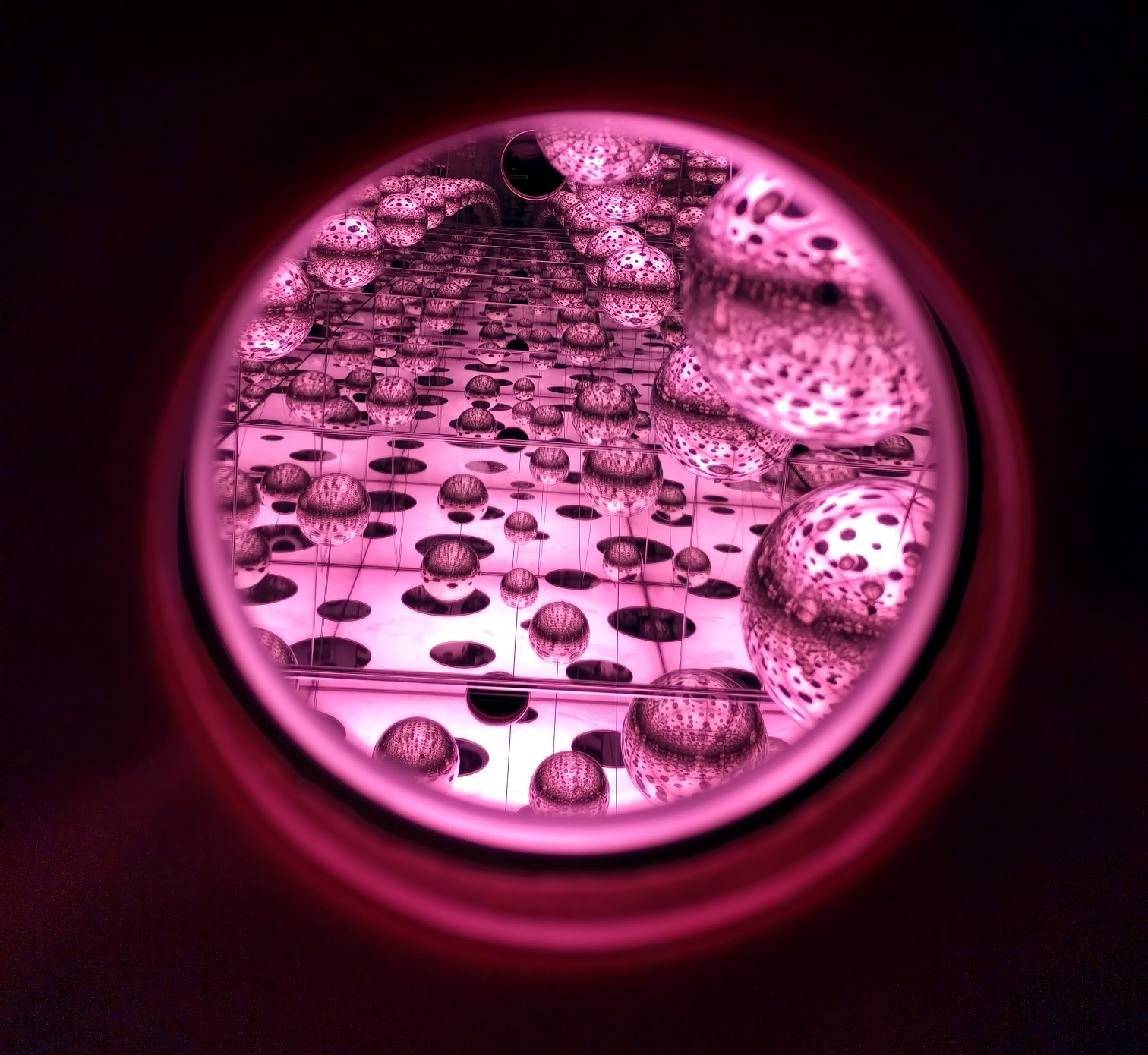
Naturally, tickets for this event went very quickly. Online queues surged over 80K long for a chance at a release of a few thousand tickets. A small number of tickets are still available for people who show up to the AGO in person, but purchasers are limited to 2 tickets and supplies are very limited. Scalpers beware: tickets are non-transferable, non-refundable and cannot be resold.
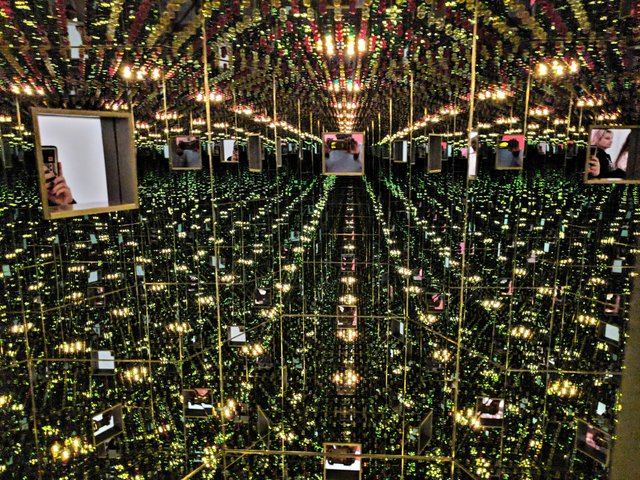
There are a total of 6 reflective rooms, completely enclosed by mirrors, where visitors can experience an endless repetition of blinking lights and colorful arrangements. Contrary to popular perception, most of the physical arrangements are made from wood, plush and aluminum. The only glass, for the most part, is the mirrors themselves.
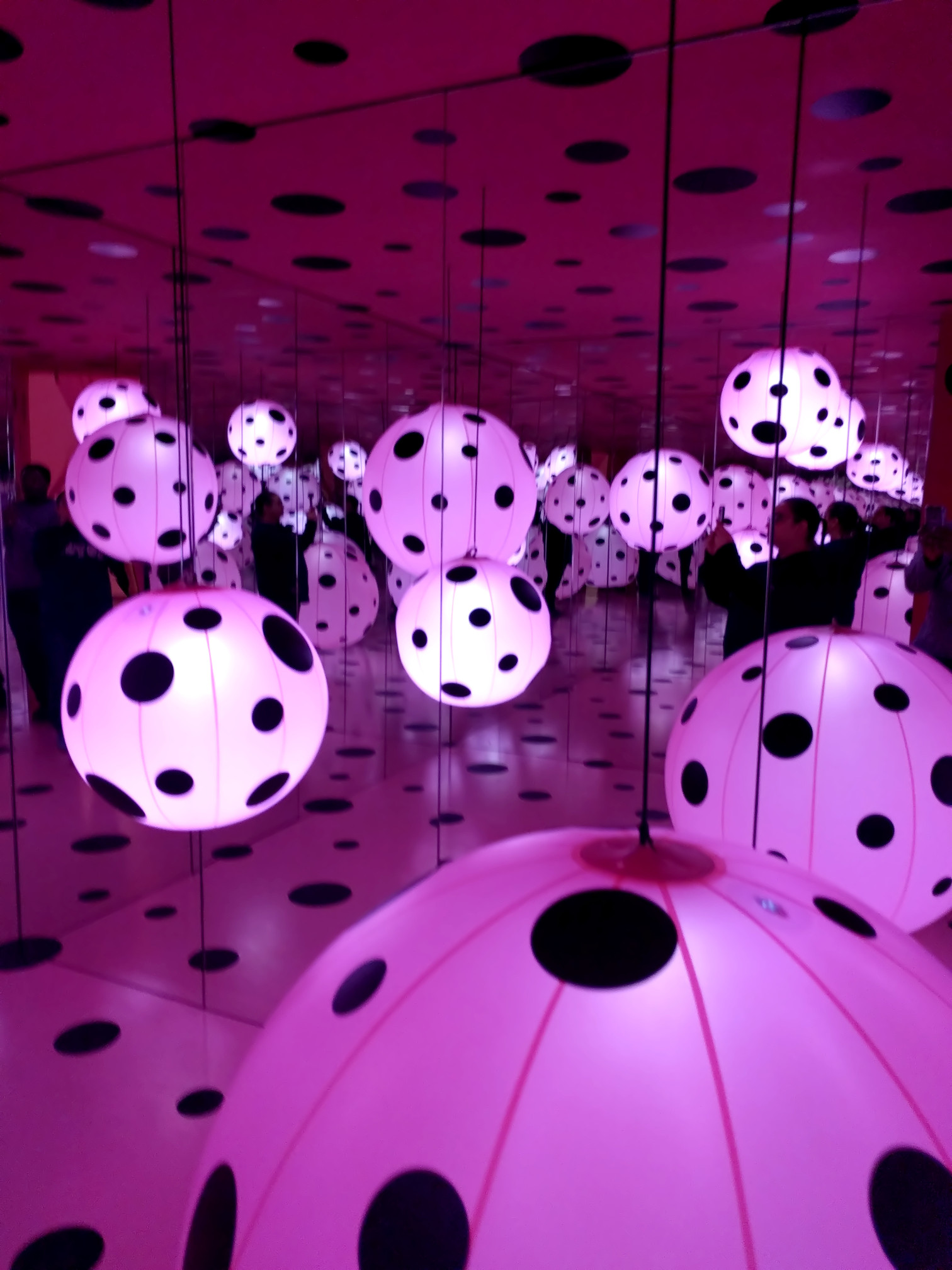
AGO encourages visitors to take pictures, and for good reason. Visitors are only allowed in each mirror exhibit for 20-30 seconds and it is strictly timed by the staff. I found the most effective strategy was to enter the mirror exhibit and snap furiously for the first 10 seconds, then relax and actually take in the mirror effects. Truthfully, you’d need about 5 minutes -alone and in total silence- to the get full feeling of infinite space. 30 seconds leaves you with the strange challenge of trying to take in all of the near and distant reflections without concentrating on any of it for too long, even though it becomes clear that Kusama’s reflections were born of and tailored to just that - reflection. With pictures, you can at least gaze at the minute detail you’ve missed, and eventually some of room descriptions will start to make sense.
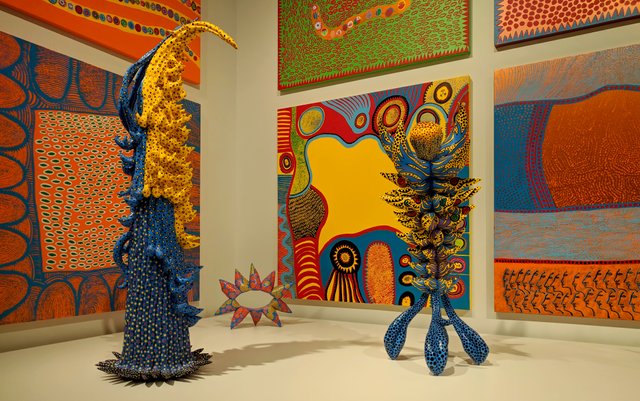
There are also many non-reflective Kusama displays that do not contain mirrors and are not timed. These traditional art exhibits are good for both re-orienting yourself and managing the lineups for the reflective rooms (they can go from 5 long to nearly 100 and back within minutes). Overall, expect to spend 2-3 hours at this exhibit.
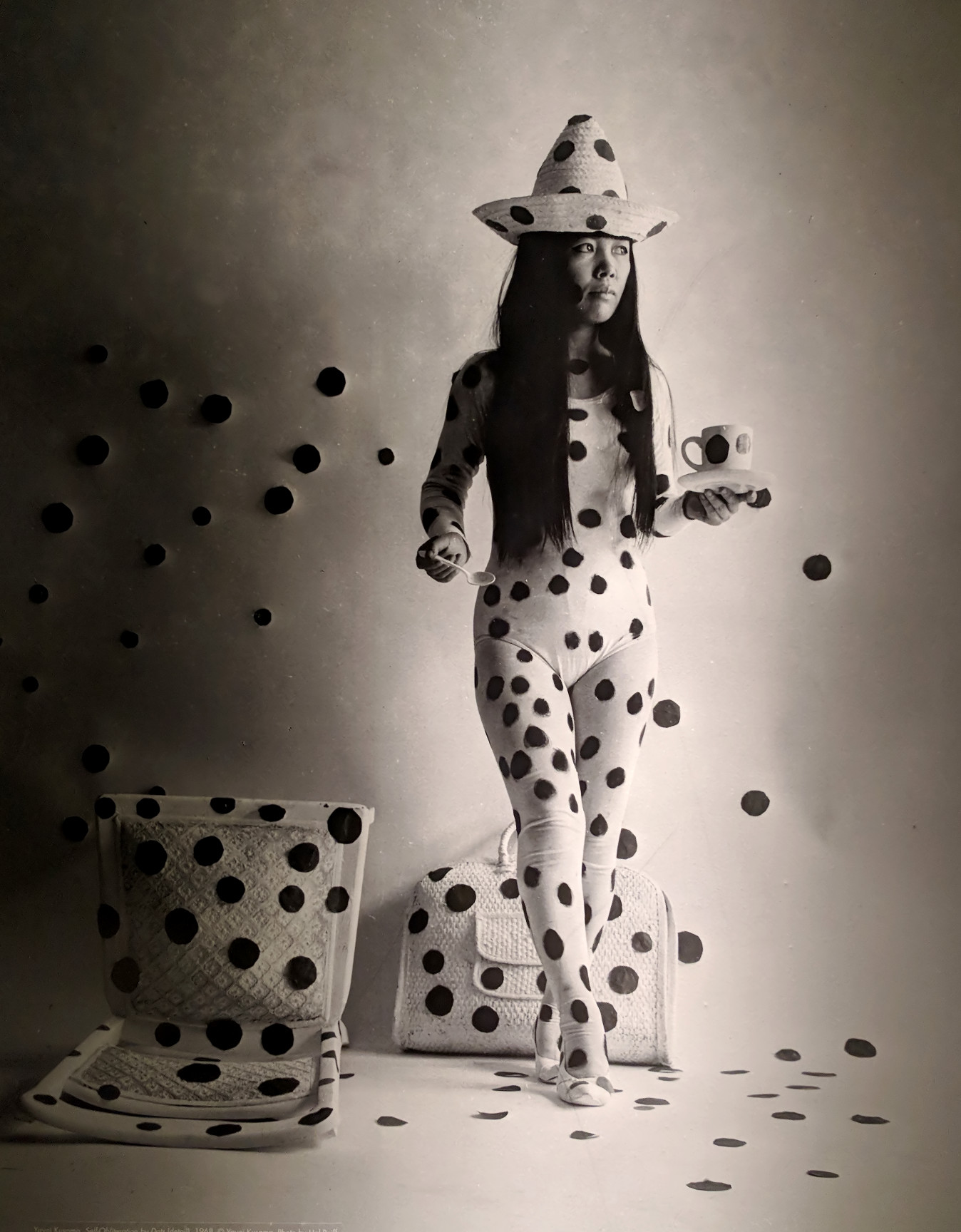
5 Key Facts about Yayoi Kusama
- Kusama was born in Matsumoto, Japan in 1929. Much of her career was spent in North America and Europe, though she eventually returned to Japan in later years.
- Kusama was originally trained in traditional Japanese arts before moving to the United States in the late 1950’s. Count yourself lucky if you happen to be holding any - she destroyed 1000’s of works before leaving Japan for the first time.
- One of the more famous figures in the avante garde movement, Yayoi both befriended and became a rival to Andy Warhol. Kusama described their relationship as “rival gang leaders”, with their studios in New York being just blocks apart.
- It is no mistake that Yayoi’s early work resembles the male genitalia. She explained that some of her early mirror work created a participatory experience via repetition, and that exposing herself to endless images of polka-dotted phalluses helped her overcome a fear of sex
- Plagued by mental illness for much of her life, Yayoi Kusama returned to Japan in 1973 and voluntarily entered an institution for anxiety and depression. She lives in the facility to this day
Video Clips:
She’s just insanely talented!
And these arts are freaky!!! But you can’t stop loving em! ❤️
Downvoting a post can decrease pending rewards and make it less visible. Common reasons:
Submit
Thank you for this glimpse into Kusama's art and life. Such a shame that she, like so many artistic souls, is plagued by anxiety and depression.
Downvoting a post can decrease pending rewards and make it less visible. Common reasons:
Submit